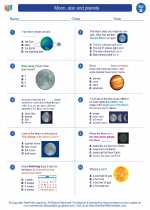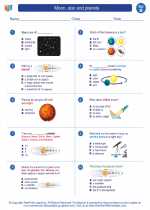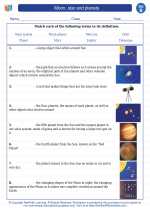Nerves
Nerves are a part of the body's nervous system, which is responsible for sending and receiving signals to and from different parts of the body. The nervous system is made up of the brain, spinal cord, and a network of nerves that branch out to all parts of the body.
Types of Nerves
There are three main types of nerves in the body:
- Sensory Nerves: These nerves carry signals from the body's sensory receptors to the brain. They allow us to feel sensations such as touch, pain, temperature, and pressure.
- Motor Nerves: Motor nerves carry signals from the brain to the muscles, allowing us to move and perform physical activities.
- Autonomic Nerves: These nerves control involuntary functions of the body, such as heart rate, digestion, and breathing.
Structure of Nerves
Nerves are made up of nerve cells called neurons, which are the basic building blocks of the nervous system. Neurons have a cell body, dendrites that receive signals, and an axon that sends signals to other neurons or to muscles and glands.
Functions of Nerves
Nerves have several important functions in the body, including:
- Communication: Nerves allow the brain to communicate with the rest of the body, sending and receiving signals that control movement, sensation, and bodily functions.
- Reflexes: Nerves are responsible for reflex actions, which are automatic responses to stimuli that help protect the body from harm.
- Homeostasis: Nerves help maintain internal balance in the body by regulating functions such as heart rate, blood pressure, and temperature.
Study Guide
Here are some key points to remember about nerves:
- What are the three main types of nerves in the body?
- Describe the structure of a nerve cell.
- What are the functions of nerves in the body?
For further practice, you can also research specific examples of sensory, motor, and autonomic nerves in the body, and how they contribute to different bodily functions.
.◂Science Worksheets and Study Guides Second Grade. Moon, star and planets

 Activity Lesson
Activity Lesson
 Worksheet/Answer key
Worksheet/Answer key
 Worksheet/Answer key
Worksheet/Answer key
 Worksheet/Answer key
Worksheet/Answer key
 Vocabulary/Answer key
Vocabulary/Answer key
 Vocabulary/Answer key
Vocabulary/Answer key
